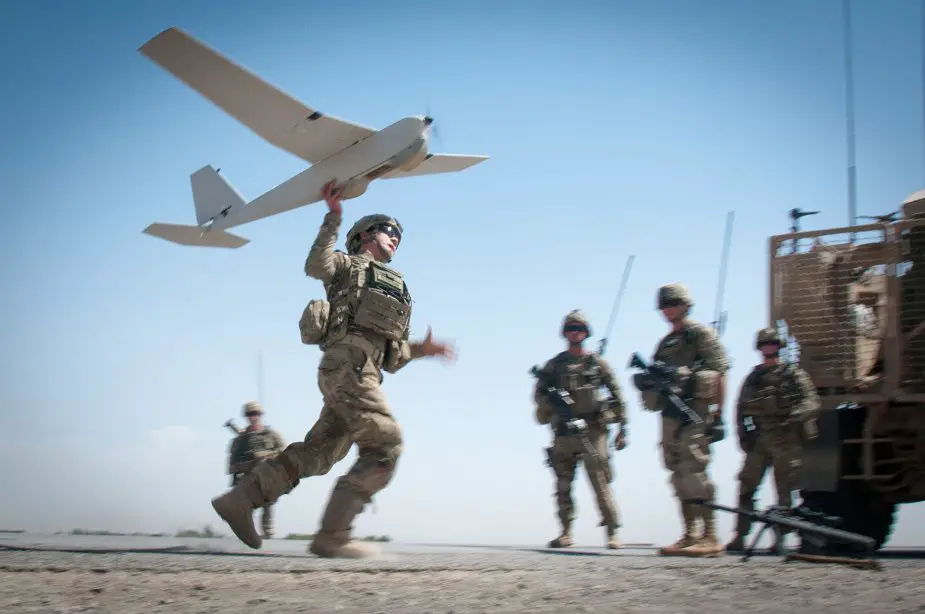The Latvian armed forces will be receiving three RQ-20A Puma tactical hand-launched drones from U.S. firm AeroVironment later this year. The acquisition of the surveillance and reconnaissance-mission unmanned aviation systems is being conducted with the aid of over $3 million worth of U.S. government foreign military financing (FMF).

A U.S. soldier launches an AeroVironment RQ-20 Puma (Picture source: DVIDS)
Since Latvia declared independence from the former Soviet Union in 1991, the U.S. has consistently provided military aid through various programs to its Baltic ally, including funding under the International Military Education and Training (IMET) program, as well as FMF. Latvia's military lacks drone capabilities. In order to rectify this short-coming the armed forces developed a UAV plan in 2016 and have since begun procurement processes..
Previously selected for the United States Special Operations Command in 2008, in March 2012 the United States Army ordered the Puma All Environment (AE) and designated it the RQ-20A. In April, the United States Marine Corps and United States Air Force placed a similar order for the RQ-20A. Each military RQ-20A system has three air vehicles and two ground stations.The Puma AE can operate under extreme weather conditions including temperatures ranging from −20 to 120 °F (−29 to 49 °C), wind speeds up to 25 knots (29 mph; 46 km/h), and an inch of rain per hour.[5]
On 26 July 2013, the Puma became one of the first unmanned aerial vehicles to be granted certification by the Federal Aviation Administration to fly in U.S. airspace for commercial purposes. AeroVironment expects one to be deployed to Alaska to support oil spill response crews and count wildlife. The Puma can safely accomplish observation missions in hazardous Arctic locations, which is safer, cheaper, and more environmentally friendly than using manned aircraft. Commercial certification was the result of previous military certification and the Congressionally-mandated opening of airspace over much of Alaska to small UAVs.[6] The FAA also certified the Boeing Insitu ScanEagle, also planned to be deployed to Alaska. Only three individual Pumas were certified with strict requirements: only one aircraft of the type is allowed airborne at any one time, they cannot fly through clouds or icing conditions, and they cannot take off or land during certain gust and wind conditions. The certifications did not mention line-of-sight control.
On 8 June 2014, the Puma AE made its first flight for BP in Prudhoe Bay, Alaska, making it the first authorized unmanned commercial flight over land. The UK tested ISR packages compatible with the Puma AE on board the M80 Stiletto trials ship in November 2014 under Capability Demonstration 15-1.
On 20 January 2016, a number of RQ-20 were captured by the Turkish army from the PKK. It is suspected that the Kurdish militants were able acquire these drones from their Syrian affiliates. In August 2016, AeroVironment announced the U.S. Navy had tested and deployed the RQ-20B Puma aboard a Flight I Guided Missile Destroyer, which included the company's Precision Recovery System to autonomously recover the aircraft aboard a ship. The Puma is also being utilized on Navy patrol craft in the Persian Gulf.














